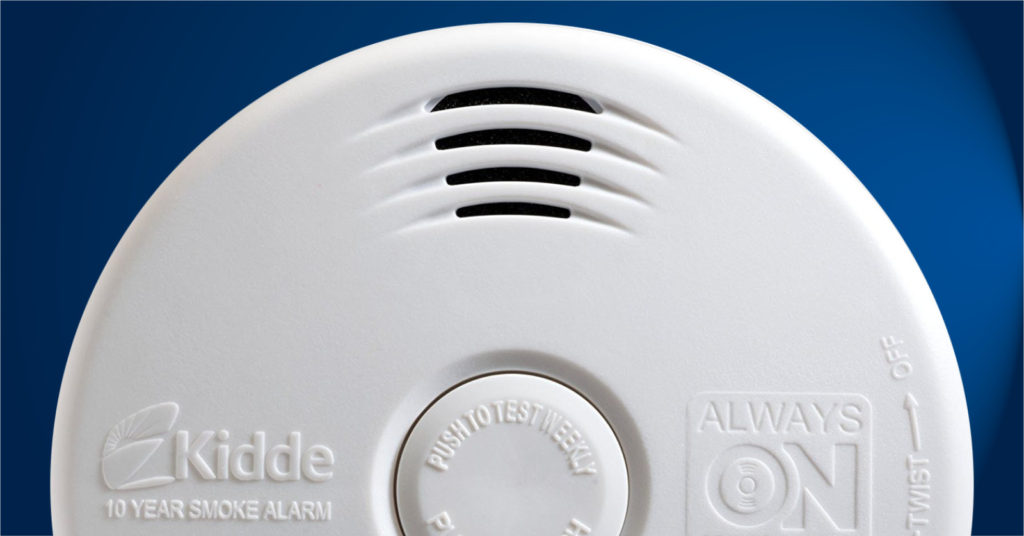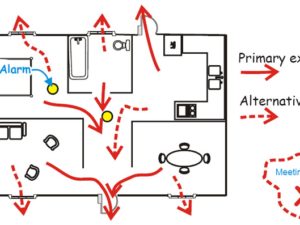Smoke Alarms Save Lives
Posted on September 25, 2018 in Fire Prevention, Hot Topics, Public Safety
 Smoke Alarms Save Lives
Smoke Alarms Save Lives
Smoke alarms are a key part of a home fire escape plan. When there is a fire, smoke spreads fast. Working smoke alarms give you early warning so you can get outside quickly. Below are smoke alarm safety tips from the National Fire Protection Association.
- Install smoke alarms in every sleeping room and outside each separate sleeping area. Install alarms on every level of the home. Install alarms in the basement. Smoke alarms should be interconnected. When one sounds, they all sound.
- Large homes may need extra smoke alarms.
- It is best to use interconnected smoke alarms. When one smoke alarm sounds they all sound.
- Test all smoke alarms at least once a month. Press the test button to be sure the alarm is working.
- Today’s smoke alarms will be more technologically advanced to respond to a multitude of fire conditions, yet mitigate false alarms.
- A smoke alarm should be on the ceiling or high on a wall. Keep smoke alarms away from the kitchen to reduce false alarms. They should be at least 10 ft (3 meters) from the stove.
- People who are hard-of-hearing or deaf can use special alarms. These alarms have strobe lights and bed shakers.
- Replace all smoke alarms when they are 10 years old.
- Smoke alarms are an important part of a home fire escape plan.
Source: National Fire Protection Association – Smoke Alarm Safety
Smoke Alarm Facts
- In 2009-2013, smoke alarms sounded in more than half (53%) of the home fires reported to U.S. fire departments.
- Three of every five home fire deaths resulted from fires in homes with no smoke alarms (38%) or no working smoke alarms (21%).
- No smoke alarms were present in almost two out of every five (38%) home fire deaths.
- The death rate per 100 reported home fires was more than twice as high in homes that did not have any working smoke alarms compared to the rate in homes with working smoke alarms (1.18 deaths vs. 0.53 deaths per 100 fires).
- In fires in which the smoke alarms were present but did not operate, almost half (46%) of the smoke alarms had missing or disconnected batteries.
- Dead batteries caused one-quarter (24%) of the smoke alarm failures.
Source: National Fire Protection Association – Smoke Alarm Facts






